Blogs & News
We are focus on automotive wiring harness & connectors technology.
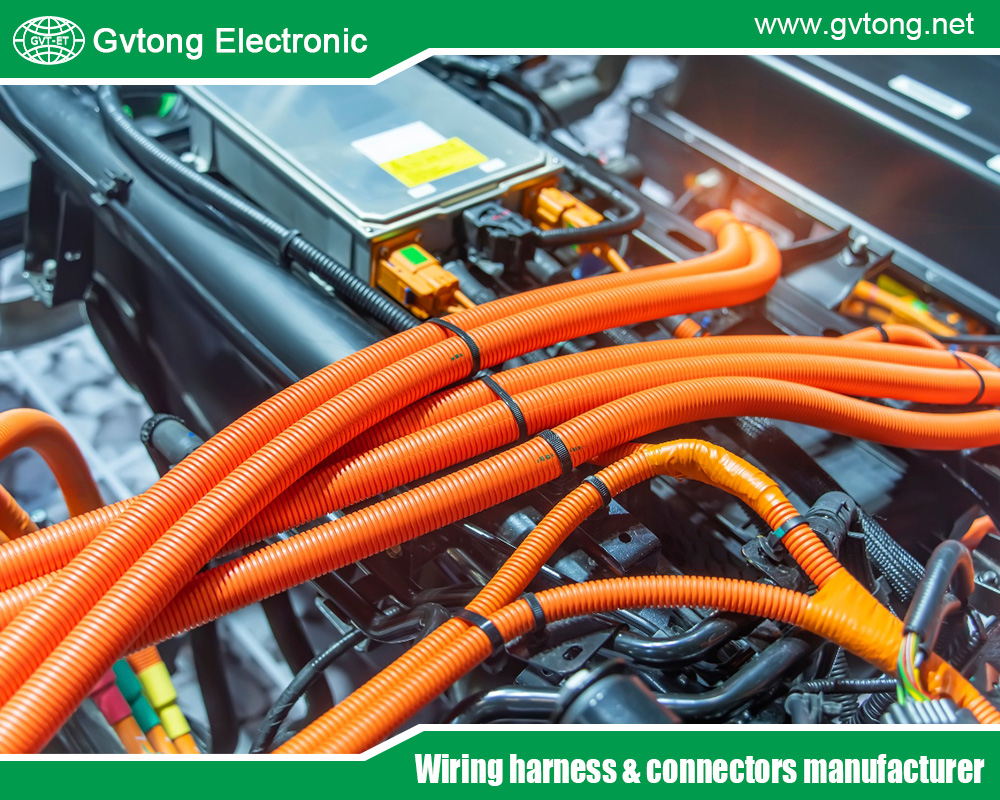
Technological Development Trend of China Industrial Electrical Connector Manufacturers
- Gvtong Electronic
- 2 pin waterproof electrical connector, 2 Pin Way Car Waterproof Electrical Connector, 4-wire electrical connectors, 48V board net connectors, Automated assembly connectors, automotive diagnostic connector, automotive electrical connector, automotive electrical connector manufacturers, automotive electrical connector types chart, Automotive electrical connectors, automotive electrical connectors kit, automotive electrical connectors waterproof, automotive hybrid connector, Automotive Low Voltage Signal And Power Connector Solutions, automotive waterproof electrical connectors, Automotive-grade AEC-Q200 connectors, best automotive electrical connector suppliers in thailand, best china industrial electrical connectors manufacturers, China Automotive Electrical Connectors Manufacturers, china electrical connectors manufacturers, China Energy Storage Connector Manufacturers, China Industrial Electrical Connector, China Industrial Electrical Connector Manufacturers, China Industrial Electrical Connectors Manufacturers, Cost-effective automotive connectors, Electrical Connector Manufacturers, Halogen-free automotive connectors, High Voltage EV Battery Connector For Electric Vehicles, Industrial Electrical Connector Manufacturers, Multi-variation connectors, Recyclable material connectors, Redundant safety connectors, Thermal management connectors, Wireless charging connectors
- No Comments
Technological Development Trend of China Industrial Electrical Connector Manufacturers
Industrial electrical connectors are essential components that enable the transmission of power and data across a wide range of industrial applications, from automotive assembly lines to aerospace systems and heavy machinery. These connectors ensure reliable, efficient, and uninterrupted connectivity, making them the backbone of modern industrial operations. In recent years, China has emerged as a global leader in the connector market, capitalizing on its vast manufacturing infrastructure, skilled workforce, and increasing investment in technological innovation. As industries worldwide demand more advanced, durable, and efficient connectors, Chinese manufacturers are rising to the challenge by adopting cutting-edge technologies and adapting to global trends.
This article explores the technological development trends shaping the future of China’s industrial electrical connector industry. It examines the current state of the market, key innovations driving progress, and the influence of global advancements such as 5G and automation. By analyzing these trends, we aim to provide insights into how Chinese manufacturers are positioning themselves as leaders in this critical sector and what the future holds for this dynamic industry.
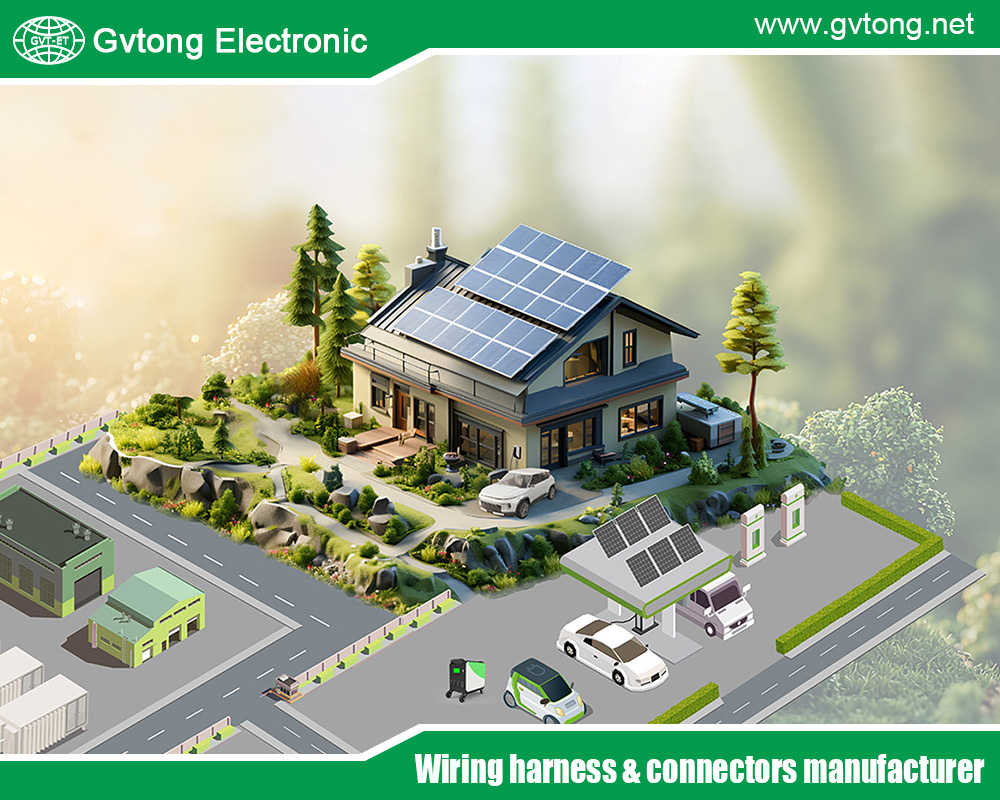
Current State of the Industry
China’s industrial electrical connector market has experienced significant growth, driven by the country’s dominance in manufacturing and its strategic focus on high-tech industries. Industry reports estimate the market size reached approximately Y billion USD in 2023, with a compound annual growth rate (CAGR) of X% over the past five years. This expansion is fueled by demand from sectors such as automotive, telecommunications, and industrial automation, where connectors play a pivotal role in ensuring operational efficiency.
Key players in the Chinese market include both domestic firms and multinational corporations with significant operations in the country. Companies like [Company A], [Company B], and [Company C] have established strong reputations by offering a mix of cost-effective solutions and high-quality products. These manufacturers benefit from China’s robust supply chain, access to raw materials, and government support for technological advancement. However, the industry faces challenges, including intense competition from international brands, rising production costs, and the pressure to meet stringent global standards for performance and sustainability.
Another notable shift is the transition from producing low-cost, basic connectors to developing advanced, high-value products. This evolution reflects China’s broader ambition to move up the value chain in global manufacturing. Despite these strengths, manufacturers must continually innovate to stay ahead in a rapidly changing technological landscape, where customer expectations and industry requirements are constantly evolving.
Technological Trends
The core of China’s industrial electrical connector industry lies in its ability to adopt and innovate new technologies. Below are six key trends driving this sector forward, each reflecting the demands of modern industrial applications.
3.1 Miniaturization (150-200 words)
As industrial devices become smaller and more compact—think wearable sensors or portable machinery—the need for miniaturized connectors has surged. These connectors must deliver the same level of performance as their larger counterparts while fitting into increasingly tight spaces. Chinese manufacturers are meeting this demand by developing micro and nano connectors that offer high-density connections without compromising signal integrity or power capacity.
For example, a hypothetical [Company D] might have launched a line of micro-connectors that are 30% smaller than previous models, designed for use in compact industrial robots. These connectors save space, reduce weight, and enable more efficient designs. However, miniaturization presents challenges, such as maintaining mechanical strength and ensuring reliable performance under stress. To address this, manufacturers are exploring advanced materials and precision engineering techniques, positioning China as a leader in this niche.
3.2 High-Speed Data Transmission (150-200 words)
The rise of data-intensive applications, such as real-time analytics in smart factories, has increased the demand for connectors that support high-speed data transmission. With Industry 4.0 and 5G infrastructure driving industrial connectivity, connectors must handle gigabit speeds and higher bandwidths. Chinese manufacturers are investing in technologies like fiber optics, improved shielding, and differential signaling to meet these needs.
Consider [Company E], which could have developed a connector line supporting 10 Gbps data rates, ideal for industrial Ethernet and automated production lines. These advancements ensure minimal signal loss and latency, critical for applications like data centers and telecommunications. This trend aligns with China’s role in building global 5G networks, where high-speed connectors are indispensable.
3.3 Durability and Reliability (150-200 words)
Industrial environments—whether factories, mines, or offshore platforms—are often harsh, exposing connectors to extreme temperatures, moisture, vibration, and dust. Durability and reliability are thus critical trends, with Chinese manufacturers focusing on connectors that can withstand these conditions. Materials like corrosion-resistant alloys and advanced sealing technologies are being used to enhance longevity.
For instance, connectors designed for aerospace or marine applications might feature IP68-rated enclosures to prevent water ingress. [Company F] could be credited with a product line tested to endure 10,000 mating cycles, ensuring consistent performance over time. This focus on robustness supports industries where downtime is costly, reinforcing China’s reputation for reliable industrial solutions.
3.4 Smart Connectors (150-200 words)
The integration of smart technology into connectors is an emerging trend, driven by the need for real-time monitoring and predictive maintenance. Smart connectors with embedded sensors or diagnostics can detect issues like voltage drops or wear, alerting operators before failures occur. This capability is particularly valuable in automated factories and IoT-enabled systems.
Imagine [Company G] developing a smart connector that monitors temperature and current flow, sending data to a central system for analysis. Such innovations reduce maintenance costs and improve efficiency, aligning with the global push towards intelligent manufacturing. Chinese firms are leveraging their expertise in electronics to pioneer these advancements.
3.5 Eco-Friendly Materials (150-200 words)
Sustainability is gaining traction as industries face pressure to reduce environmental impact. Chinese connector manufacturers are exploring eco-friendly materials, such as recyclable plastics and lead-free solders, to meet regulatory requirements and customer preferences. This trend reflects broader efforts to align with global green initiatives.
A hypothetical [Company H] might have introduced a connector line made from biodegradable composites, reducing waste in industrial applications. While these materials can be costlier to develop, they appeal to environmentally conscious markets like renewable energy. This shift demonstrates China’s commitment to balancing innovation with sustainability.
3.6 Customization (150-200 words)
No two industries are identical, and customization has become a key trend as manufacturers tailor connectors to specific needs. Whether it’s a high-voltage connector for electric vehicles or a low-profile design for medical devices, Chinese firms are offering bespoke solutions. This flexibility strengthens their competitiveness in diverse markets.
For example, [Company I] could have collaborated with an automotive client to design a connector optimized for hybrid vehicles, incorporating unique pin configurations and thermal management features. Customization requires advanced R&D and close customer partnerships, areas where Chinese manufacturers are increasingly excelling.
Impact of Global Trends
Global technological advancements are profoundly influencing China’s connector industry. The rollout of 5G networks demands connectors that operate at higher frequencies with minimal signal loss, a challenge Chinese manufacturers are tackling with innovative designs and materials. These connectors are critical for 5G infrastructure, from base stations to industrial IoT devices, offering opportunities to expand into new markets.
Similarly, artificial intelligence (AI) and automation are driving demand for smart connectors with embedded intelligence, enabling seamless integration into automated systems. AI-powered manufacturing also requires connectors that support vast data flows, reinforcing the need for high-speed solutions. These trends present both opportunities—such as increased export potential—and challenges, including the need for rapid adaptation and investment in R&D. Chinese firms are leveraging their scale and agility to stay ahead, aligning their innovations with global industrial shifts.
Case Studies or Examples
To illustrate these trends, consider the electric vehicle (EV) sector. EVs require connectors that handle high currents, resist vibration, and perform reliably under varying conditions. A leading Chinese manufacturer, [Company J], might have developed an EV connector with advanced sealing and a capacity for 400V, tested for durability over 15,000 cycles. This innovation supports China’s booming EV market and its global exports.
In smart manufacturing, [Company K] could have introduced a connector with integrated sensors for a robotic assembly line, reducing downtime by 20% through predictive maintenance. These examples highlight how Chinese firms are applying technological trends to solve industry-specific challenges, reinforcing their position as innovators.
Future Outlook
The future of China’s industrial electrical connector industry is bright, with growth expected in areas like IoT, renewable energy, and wireless technology. Innovations such as self-healing materials or connectors with integrated wireless capabilities could redefine the market. Manufacturers that prioritize R&D and sustainability—such as adopting recyclable materials—will lead the way. As global demand for advanced connectors rises, China’s ability to scale production and innovate will drive its dominance over the next 5-10 years, shaping the future of industrial connectivity.
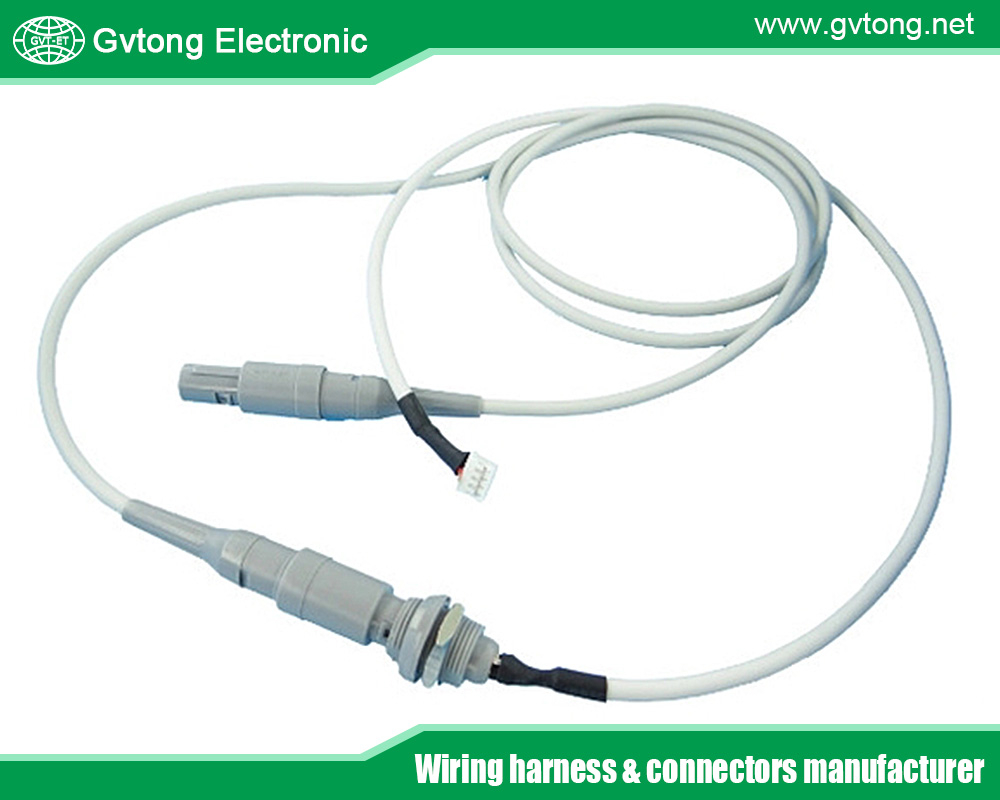
Conclusion
China’s industrial electrical connector manufacturers are at a pivotal moment, embracing trends like miniaturization, high-speed transmission, and smart technology to meet global demands. By addressing challenges and leveraging opportunities from 5G, AI, and sustainability, they are transitioning from cost-driven producers to technological pioneers. Continued investment in innovation will be essential for maintaining competitiveness, ensuring that Chinese connectors remain integral to the world’s industrial systems. As these trends evolve, China is poised to not only meet current needs but also anticipate the future of connectivity.
For more about the best technological development trend of china industrial electrical connector manufacturers, you can pay a visit to Gvtong at https://www.gvtong.net/ for more info.
Recent Posts
GE Series-Signal Connector Manufacturer in China
The Best Oil-Resistant Automotive Connector Manufacturers
Tags
Recommended Products
-
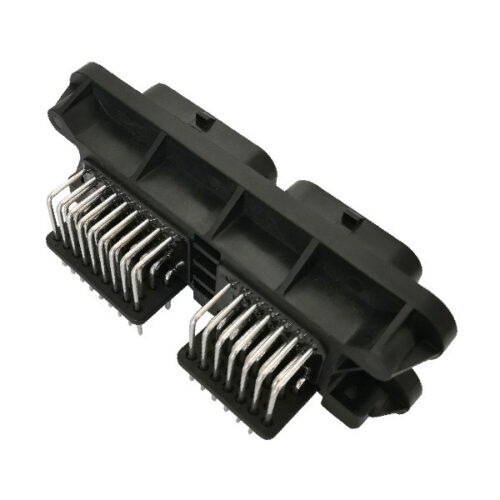
GE Series – 60-core (34+26) combined connector-socket
-

Energy storage wiring harness
-
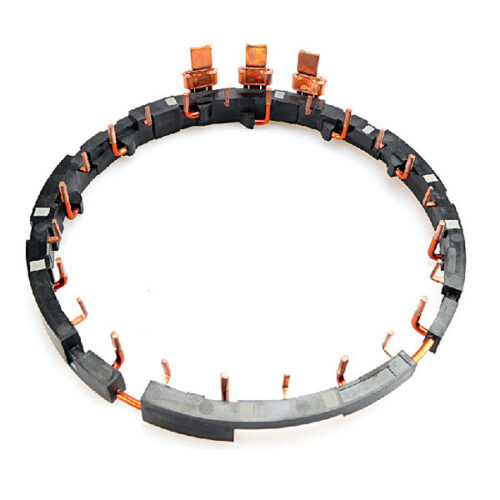
Bus bar
-

Signal connector – waterproof, three-row, 8-pin
-
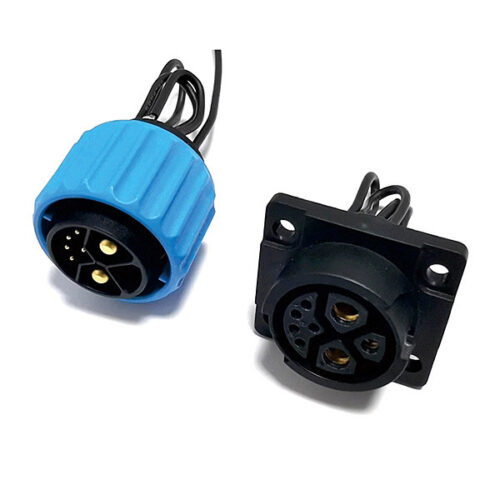
Combined power connector (2+1+5)
-
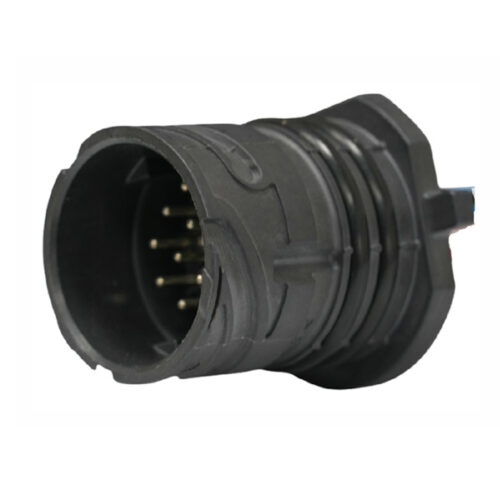
GE Series-16-core cylinder connector
-

Signal connector-waterproof, double row, 18/26 core
-

Signal connector – waterproof, double row, 34/40 core
